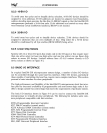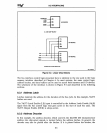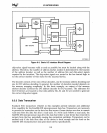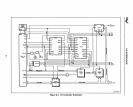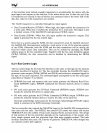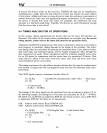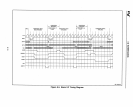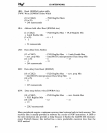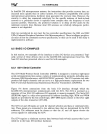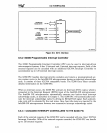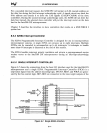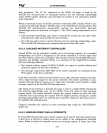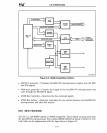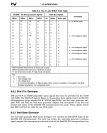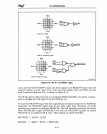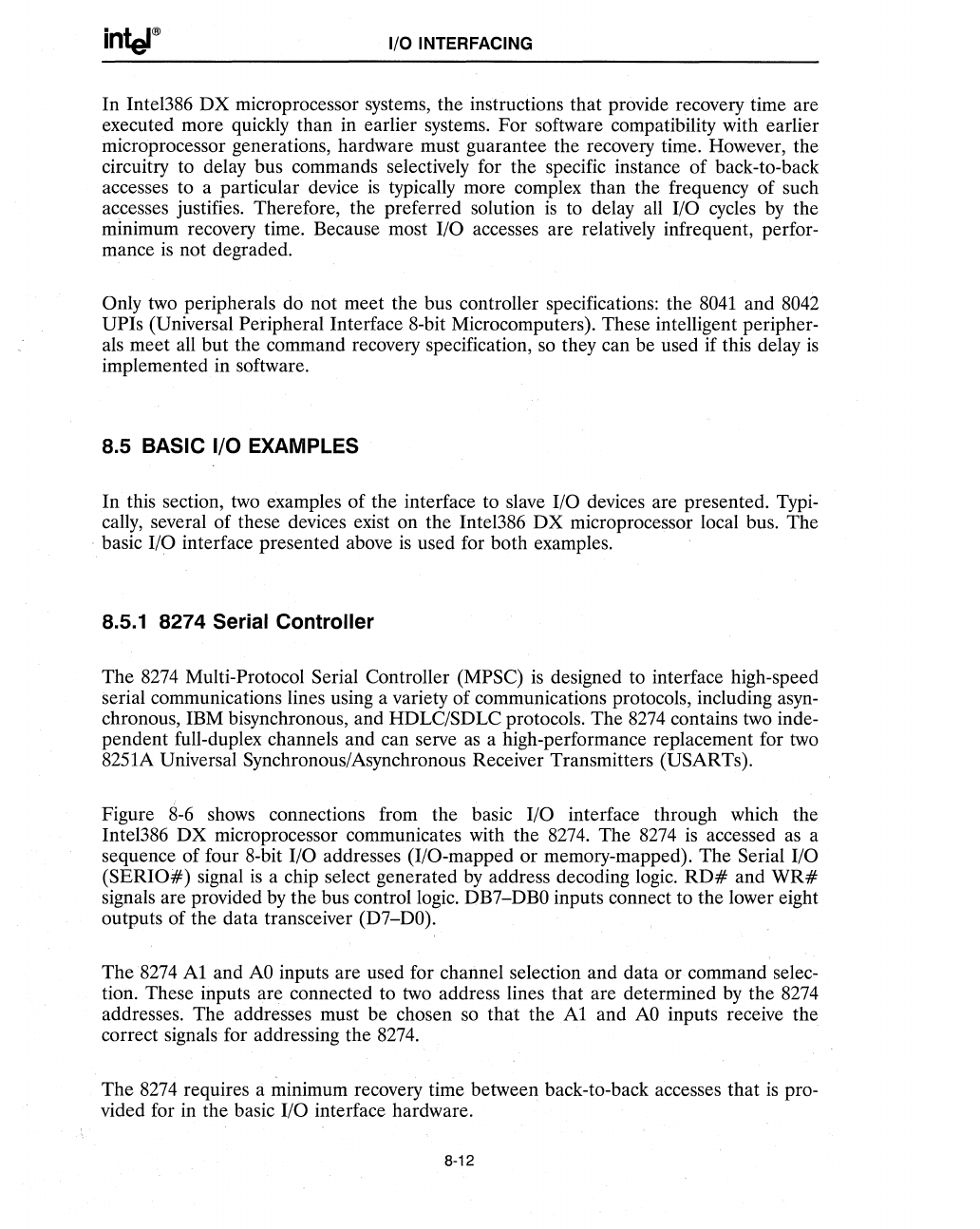
I/O INTERFACING
In Intel386 DX microprocessor systems, the instructions that provide recovery time are
executed more quickly than in earlier systems. For software compatibility with earlier
microprocessor generations, hardware must guarantee the recovery time. However, the
circuitry to delay bus commands selectively for the specific instance
of
back-to-back
accesses to a particular device
is
typically more complex than the frequency of such
accesses justifies. Therefore, the preferred solution
is
to delay all I/O cycles
by
the
minimum recovery time. Because most
I/O accesses are relatively infrequent, perfor-
mance
is
not degraded.
Only two peripherals do not meet the bus controller specifications: the
8041
and
8042
UPls (Universal Peripheral Interface 8-bit Microcomputers). These intelligent peripher-
als meet all but the command recovery specification,
so
they can be used if this delay
is
implemented in software.
8.5 BASIC I/O EXAMPLES
In this section,
two
examples of the interface to slave I/O devices are presented. Typi-
cally, several of these devices exist on the Intel386
DX
microprocessor local bus. The
. basic I/O interface presented above
is
used for both examples.
8.5.1 8274 Serial Controller
The
8274
Multi-Protocol Serial Controller (MPSC)
is
designed to interface high-speed
serial communications lines using a variety of communications protocols, including
asyn-
chronous, IBM bisynchronous, and HDLC/SDLC protocols. The
8274
contains two inde-
pendent full-duplex channels and can serve
as
a high-performance replacement for
two
8251A Universal Synchronous/Asynchronous Receiver Transmitters (USARTs).
Figure
8-6
shows connections from the basic I/O interface through which the
Intel386 DX microprocessor communicates with the
8274.
The
8274
is
accessed
as
a
sequence of four 8-bit
I/O addresses (I/O-mapped or memory-mapped). The Serial I/O
(SERIO#)
signal
is
a chip select generated
by
address decoding
logic.
RD#
and
WR#
signals are provided
by
the bus control logic. DB7-DBO inputs connect to the lower eight
outputs of the data transceiver (D7-DO).
The 8274
Al
and
AO
inputs are used for channel selection and data or command selec-
tion. These inputs are connected to
two
address lines that are determined
by
the
8274
addresses. The addresses must be chosen so that the
Al
and
AO
inputs receive the
correct signals for addressing the
8274.
The
8274
requires a minimum recovery time between back-to-back accesses that
is
pro-
vided for in the basic
I/O interface hardware. .
8-12



